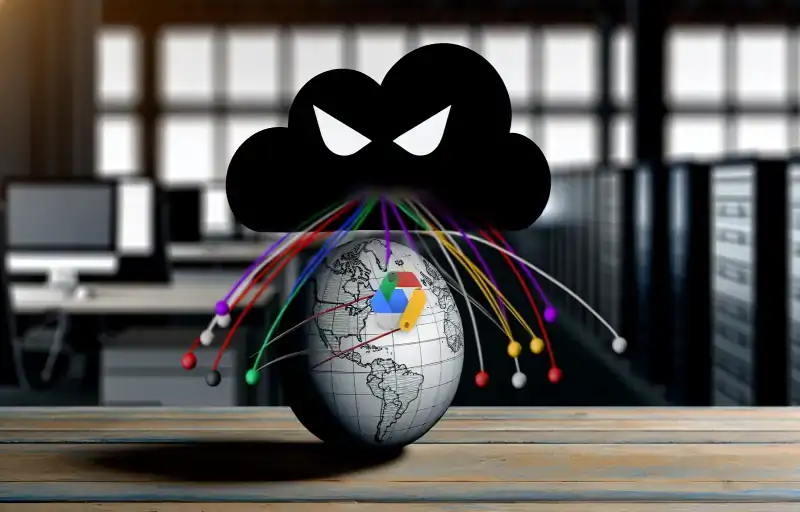
“Unveiling the Shadows: Cyber Espionage Campaign Exploits Google Sheets in Global Malware Blitz”
Exploring the Use of Google Sheets in Cyber Espionage: A Deep Dive into the Voldemort Malware Campaign
Cybersecurity researchers have recently unearthed a sophisticated malware campaign that ingeniously uses Google Sheets as a command-and-control (C2) server. This alarming discovery was made by Proofpoint on August 5, 2024, and it reveals a complex scheme where attackers impersonate tax authorities from various global regions including Europe, Asia, and the U.S. The primary aim? To infiltrate over 70 organizations across diverse sectors such as insurance, aerospace, transportation, and more.
The attackers deploy a custom tool dubbed Voldemort, which not only gathers sensitive information but also delivers harmful payloads. Interestingly, this cyber espionage operation hasn’t been pinned on any known threat actors yet, which adds an unsettling layer of mystery to the entire scenario. The scale of this attack is massive, with around 20,000 deceptive emails sent out to potential victims.
These emails are cleverly disguised as official communication from tax authorities in countries like the U.S., the U.K., and Japan, among others. They inform recipients about supposed changes to their tax filings and encourage them to click on links that lead to a manipulated landing page. Here’s where it gets technically intriguing: the page checks if the user’s system runs on Windows and then uses a protocol handler to trick the user into opening a malicious file masquerading as a PDF.
Upon execution, this file triggers a series of actions—it runs a Python script from a remote location without actually downloading any files to the computer. This script is designed to stealthily collect system information and send it back to the attackers in an encoded format. Following this data exfiltration, it even shows a decoy PDF to cover its tracks while secretly downloading a ZIP file containing malicious components.
The ZIP file holds a legitimate-looking executable susceptible to DLL side-loading attacks and a malicious DLL that acts as the Voldemort backdoor. This backdoor is particularly dangerous as it not only gathers information but also loads further malicious payloads. What’s particularly novel about this campaign is its use of Google Sheets for managing C2 communications and data transfer — a method not commonly observed in cybercrime circles.
Proofpoint describes this blend of advanced persistent threat tactics combined with more typical cybercrime methods as having “cybercrime vibes.” It highlights an emerging trend where threat actors exploit file schema URIs to access external file-sharing resources for malware staging. This technique has become increasingly popular among malware families known as initial access brokers.
Moreover, Proofpoint’s investigation into the Google Sheets used by the attackers revealed just six victims, one of whom might be a sandbox or a known researcher. This suggests that while the net was cast wide, the actual number of targets successfully compromised remains small. However, the broad scope of potential targets indicates that the attackers might possess varying levels of technical expertise and possibly intended to cast as wide a net as possible to increase their chances of successful infiltration.
This campaign’s complexity—mixing sophisticated and rudimentary techniques—makes it hard to gauge the full capabilities of these threat actors or their ultimate objectives. It’s a stark reminder of the ever-evolving landscape of cyber threats and the continuous need for robust cybersecurity measures.
As we continue to see malware like Voldemort evolve and adopt new methods like using Google Sheets for C2 activities, it becomes crucial for cybersecurity professionals to stay ahead of these tactics. The ongoing evolution of threats like Latrodectus underscores the importance of understanding these developments to better defend against them. This campaign is not just a wake-up call but a clear indication that the cyber threat environment is becoming more innovative and unpredictable by the day.














